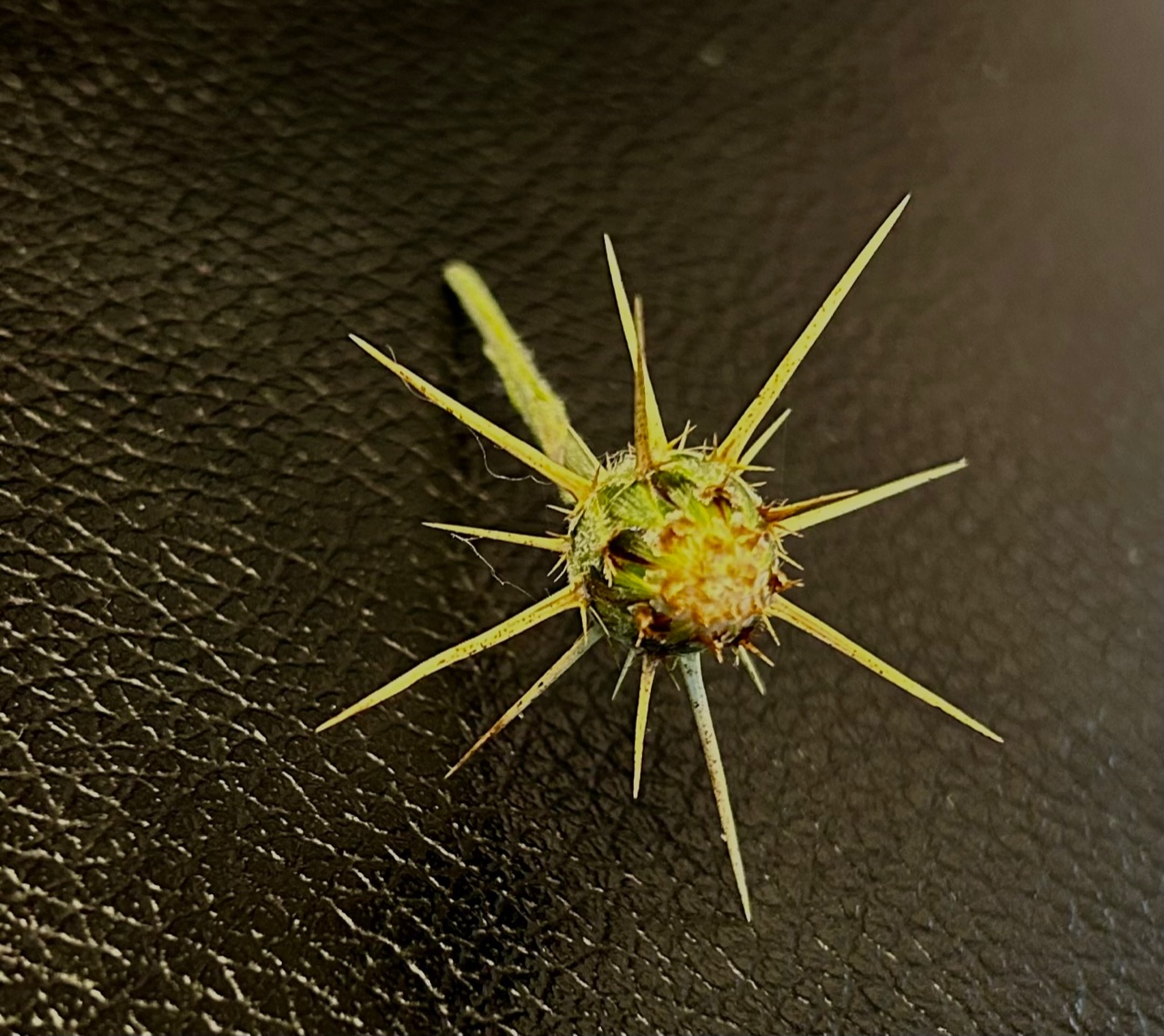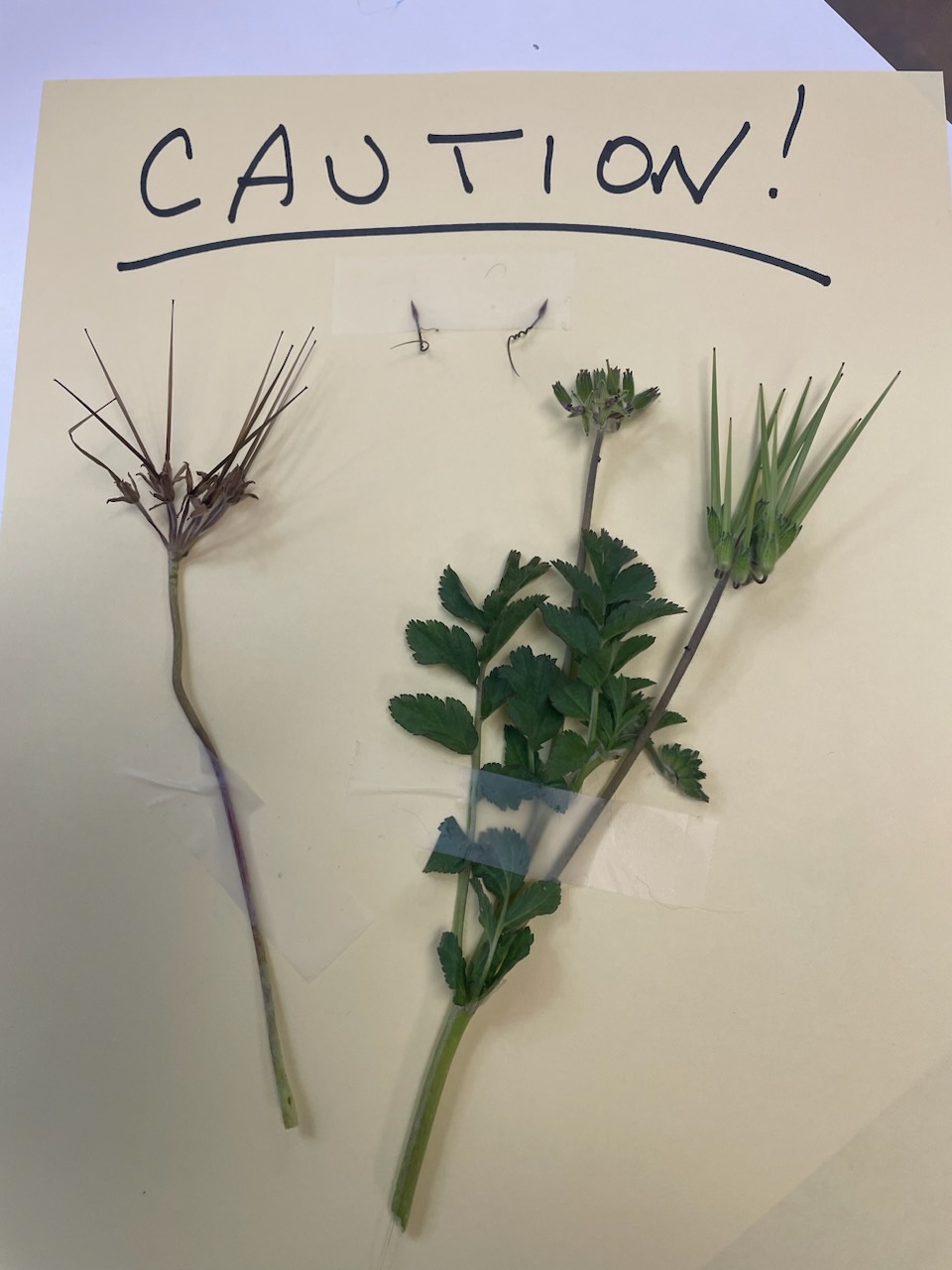Last week we looked at bladder disease and today we will look at the kidneys. Kidney failure is the number one killer of cats in the United States and is a common problem among dogs. As animals age, the effectiveness of the kidneys slowly wanes. We won ™t see outward signs of decreased kidney function until at least 2/3 of cells have stopped working. At this point we call the disease failure. Kidney failure can be precipitated by things other than age; infection, congenital malformations, problems with circulation, shock, trauma, toxins, stones and tumors can all lead to trouble. Acute or sudden kidney failure is a dramatic illness that can kill within days if not treated aggressively. Antifreeze ingestion is a common cause of this. Chronic kidney failure is more common. This is a slow onset of failure that begins with increased thirst and urination and progresses to weight loss, poor appetite, nausea, vomiting, anemia and many other derangements (you may remember the long list of things the kidneys control from my article 2 weeks ago!) We can also see cancers of the kidney and kidney stones in both dogs and cats.
Early detection of kidney disease is vital to long term survival. This is one of the most compelling reasons for routine laboratory screening on apparently healthy animals. If you want to provide the best in preventive care for your pets, come visit us or give us a call.
by Bonnie Markoff, DVM, ABVP









Leave A Comment
You must be logged in to post a comment.